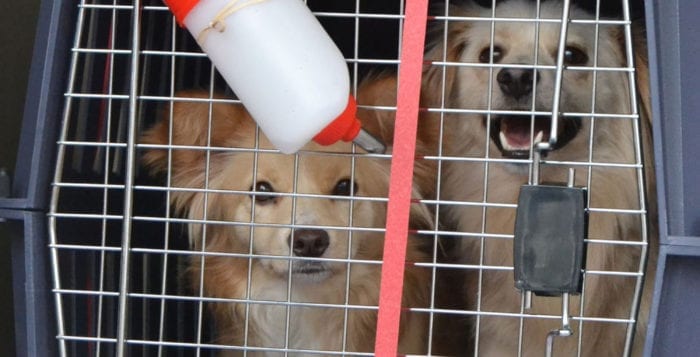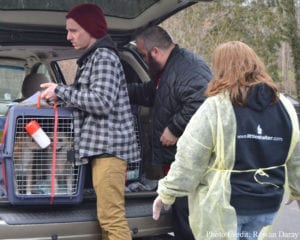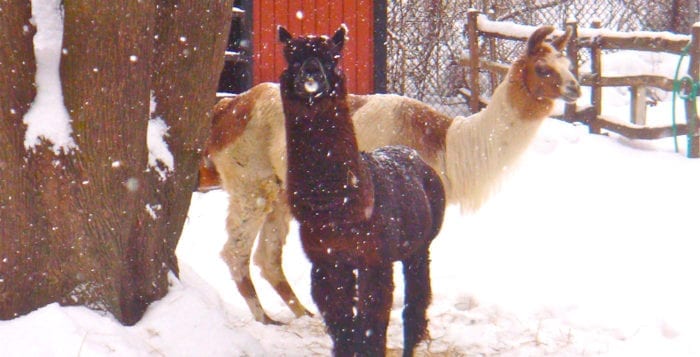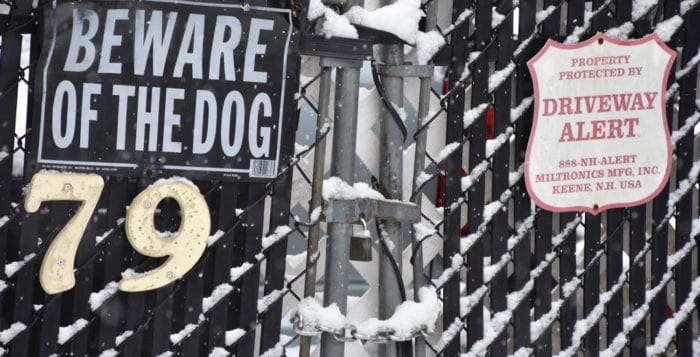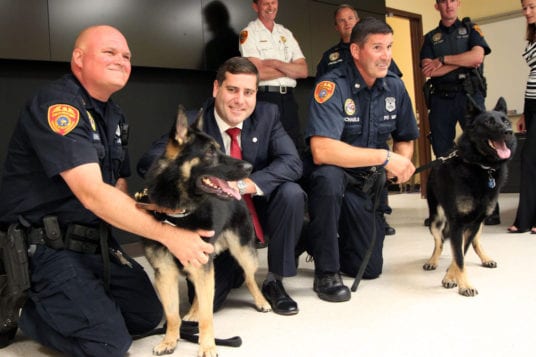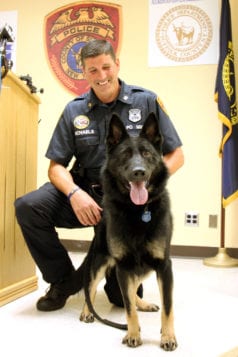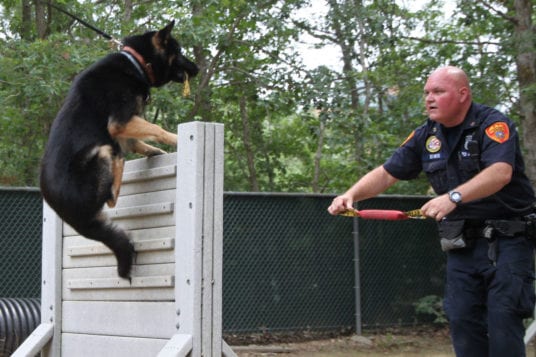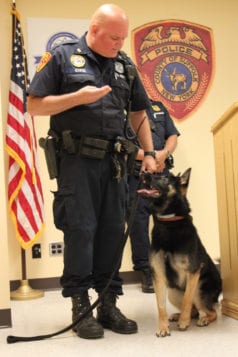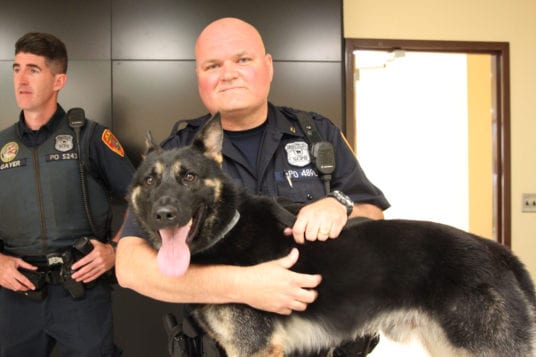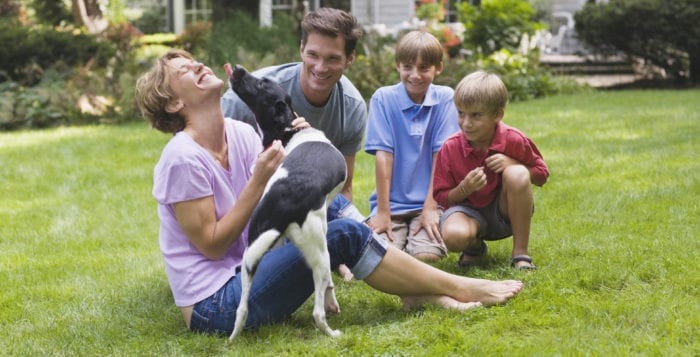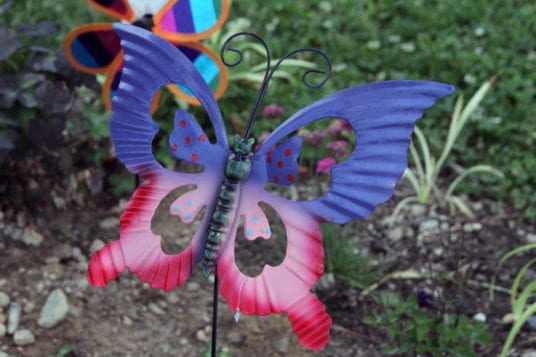By Matthew Kearns, DVM
 I was listening to the radio and a segment was introduced as “How a Mouse Plague Is a Forbidding Forecast for Lyme Disease in the Northeast,” predicting 2017 as a particularly risky year for Lyme disease. I had always focused on how close deer came to a dog owner’s property when discussing the risk of Lyme disease. I realize now that I must also ask about mice.
I was listening to the radio and a segment was introduced as “How a Mouse Plague Is a Forbidding Forecast for Lyme Disease in the Northeast,” predicting 2017 as a particularly risky year for Lyme disease. I had always focused on how close deer came to a dog owner’s property when discussing the risk of Lyme disease. I realize now that I must also ask about mice.
I decided I need to do some more investigating myself. I started with a little coffee, a doughnut, and started pounding the streets (I pictured myself as a regular “Magnum PI”). OK, back to reality. Coffee yes. Anyone whose seen my waistline would say, “doughnut NO!” Lastly, I only pounded the streets of Bing, Google and the Veterinary Information Network.
The first stage of my investigation was to refamiliarize myself with the life cycle of the deer tick. I learned that there are four stages: egg, larvae, nymph (young adult) and adult. The larval stage is the first stage to feed, so they do not have Borrelia burgdorferi (the bacteria that causes Lyme disease) but can acquire it during their first feeding. The adult stage of the tick prefers deer; however, the larval and nymph stages prefer smaller mammals such as dogs, cats, possums and, most importantly, mice.
Another fun fact I learned is that although other mammals, such as possums, will regularly groom off or kill the ticks on them, mice tolerate these ticks on their bodies. It is estimated that a white-footed mouse can have anywhere from 10 to 50 ticks on its face and ears at a time, and mice are very efficient transmitters of Lyme disease (they infect about 95 percent of ticks that feed on them).
Once the larval and nymph stages have fed (and possibly ingested Lyme disease at the same time), it is off to another host. The next stage of my investigation was to find out why there is an upsurge in the mouse population. Was it weather related? Other environmental factors? Actually it had most to do with a downtick in the population of the natural predators of mice. Many call it “Suburban Sprawl.”
Hawks, foxes and owls are the natural predators of the white-footed mouse and these predators need large forests to survive. Today we have more of a fragmented landscape — plenty of smaller forests that are broken up by small farms, housing developments and roads. Mice are prolific at making babies and actually thrive in these environments. Unlike deer, mice will come right up to (and sometimes into) our homes with all these ticks.
The Centers for Disease Control and Prevention report about 30,000 cases of human Lyme disease annually, but many experts feel that number is not accurate and that there could be as many as 10 times that amount. I would say it is safe to assume that the risk is just as high, if not higher, for dogs. There is no Lyme vaccine currently available for humans, but there has been a safe and effective vaccine for dogs on the market for decades. Please be aware that the canine Lyme vaccine has to be a series of two vaccines three weeks apart, and then once annually to be effective.
So, if you didn’t finish the initial series, or there has been more than a year gap since your dog received the vaccine, please make an appointment with your veterinarian ASAP. I would recommend a discussion about flea and tick preventatives at that same visit.
Dr. Kearns practices veterinary medicine from his Port Jefferson office and is pictured with his son Matthew and his dog Jasmine.


